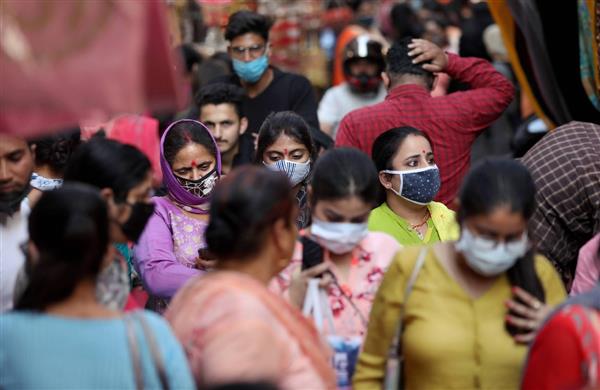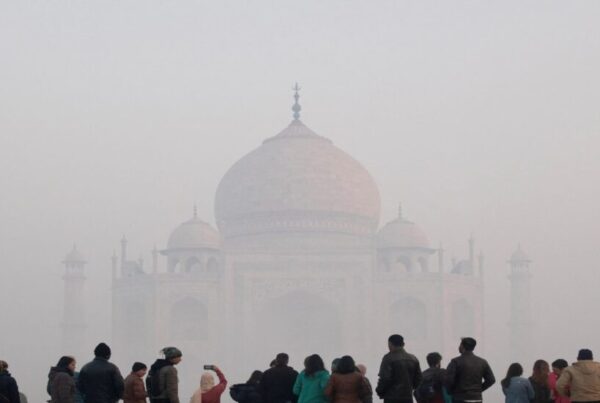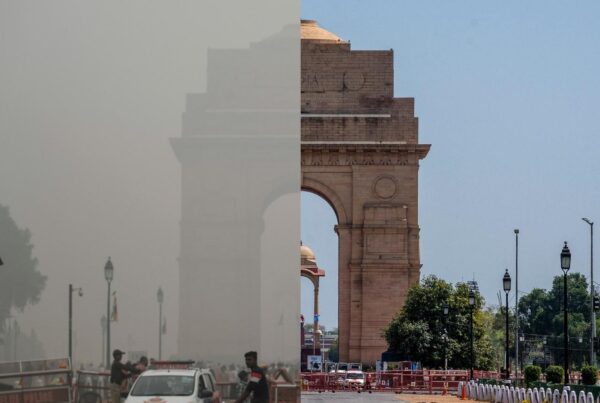After a relatively quiet period on the pandemic front, India is once again witnessing a mild resurgence of COVID-19 cases. While the numbers remain low compared to the devastating waves of the past, the recent uptick—driven by a new variant—is prompting health officials to reinforce preventive measures and urge public caution.
The Current Situation
As of mid-May 2025, India has recorded over 250 active COVID-19 cases, with the highest numbers reported in Maharashtra, Kerala, and Tamil Nadu. Maharashtra alone saw a sharp rise, jumping from just four cases in April to more than 50 within a week in May. Though hospitalizations are minimal and there have been no new deaths, the rise has caught the attention of health authorities.
The Culprit: JN.1 Variant
The recent surge is being attributed to the JN.1 subvariant of the Omicron lineage. This variant, while not classified as a major threat, carries mutations that potentially make it more transmissible. Fortunately, there’s no evidence so far that JN.1 causes more severe illness or evades vaccine protection in a significant way. The World Health Organization has labeled it a “Variant of Interest,” and Indian genomic surveillance teams are actively monitoring its spread.
Government Response
India’s health ministry has responded swiftly but calmly. Union Health Minister Dr. Mansukh Mandaviya has advised states to ramp up testing and surveillance, conduct mock drills to ensure healthcare preparedness, and stockpile essential supplies like oxygen and PPE. The government is not considering lockdowns or restrictions yet, but it is emphasizing readiness.
Hospitals in cities like Mumbai have reported isolated cases, including at KEM Hospital where seven patients recently tested positive. Public health experts are urging citizens not to panic but to stay alert.
What About Vaccination?
India’s vaccination coverage remains high. Over 95% of adults have completed their primary vaccine series, and about 60% have received at least one booster dose. However, with immunity waning over time, boosters for vulnerable populations are being recommended, especially for the elderly and those with chronic illnesses.
The Public Mood: Caution, Not Panic
For a country still bearing the emotional and economic scars of previous COVID-19 waves, the return of the virus—however small—brings a mix of anxiety and resilience. Fortunately, this time, the situation is markedly different: healthcare systems are better equipped, vaccines are widely available, and the public is more informed.
Experts continue to advise basic preventive practices: wearing masks in crowded areas, maintaining hand hygiene, staying home when sick, and getting tested if symptomatic. Schools, offices, and public transport remain fully functional, though some are voluntarily reinstating safety protocols.
The current resurgence of COVID-19 in India is a reminder that the virus hasn’t disappeared—it has merely become more manageable. While the numbers are nowhere near crisis levels, the lesson from the past is clear: early action prevents disaster.
There is no need for panic, but there is a strong case for prudence. With collective vigilance, informed choices, and continued cooperation between public and health authorities, India can contain this wave before it grows into a storm.




